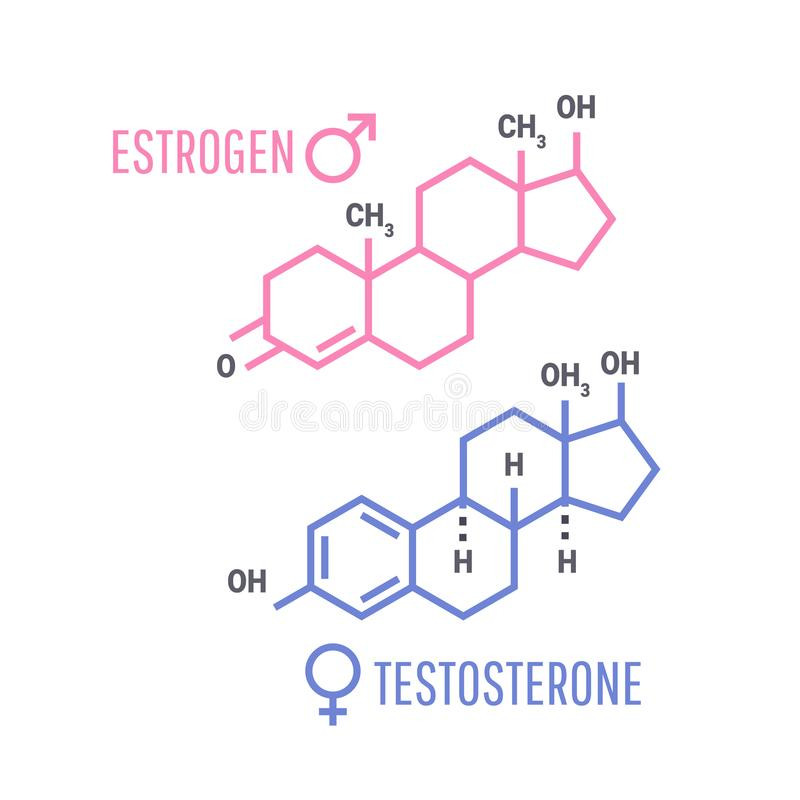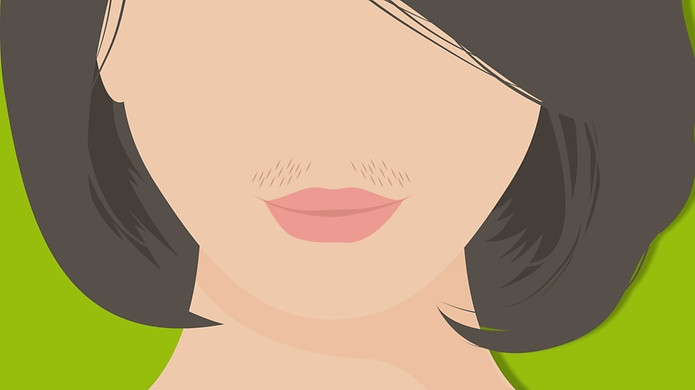Definition
Gynecomastia, commonly referred to as “man boobs," is a condition characterized by an enlargement of the male breasts. Breast size increases to a greater extent than usual. Gyne, which means "woman," and masto, which means "breast," are the Greek words that are used to describe gynecomastia. An increase in glandular tissue, breast-supporting structures, or fat in the breast might all be potential causes of this condition.
This condition can manifest in either unilateral or bilateral breast enlargement. Gynecomastia primarily manifests during periods of hormonal fluctuations, such as infancy, adolescence, puberty, or elderly age.
Although gynecomastia is typically not a life-threatening condition, patients may occasionally experience pain and self-esteem issues. Gynecomastia has the potential to resolve spontaneously. Pharmacological interventions or surgical interventions can also assist in treating this condition.
Causes
Gynecomastia typically results from a hormonal imbalance between testosterone and estrogen, resulting in the growth of glandular tissue and breast fat. Estrogen is a hormone that contributes to the development of breast tissue and may inhibit the production of testosterone. Males also secrete the hormone estrogen in lesser quantities than females. Testosterone prevents estrogen from inducing breast development. Gynecomastia results from these hormone imbalances.
Gynecomastia has the potential to manifest in males during three different life stages: infancy, adolescence, and elderly age.
Newborn
The stimulation of breast tissue in newborns is a result of the elevated amounts of estradiol and progesterone produced by the mother during pregnancy. The process of breast growth might persist for several weeks following childbirth.
Adolescence
Approximately 60% of adolescent males experience gynecomastia before reaching the age of 14. Though breast volume enlargement can occur asymmetrically or in only one breast, in adolescents, both breasts enlarge proportionally. Gynecomastia in juveniles typically resolves on its own within three years. Estradiol levels increase more rapidly than testosterone levels, leading to a hormonal imbalance that, presumably, will be resolved as testosterone levels increase.
Elderly
Gynecomastia is common in older people. Although the cause is unknown, the following may contribute to breast enlargement:
- Total body fat increases with aromatase activity
- Increased LH levels
- Blood testosterone levels decrease with age
If you are interested in reading further about estrogen, you can read it here: Estrogen - How To Work, Indication And Contraindication.
Risk Factor
Obesity
Gynecomastia is frequently associated with obesity as a prevalent risk factor. Estrogen levels can increase in response to obesity, resulting in breast development. You probably have more fat in your body if you're overweight. Pseudogynecomastia is a disorder where breast tissue enlarges without the enlargement of glands.
Medical Conditions
Several medical conditions have potential risks of inducing gynecomastia, including the following:
- Syndrome Klinefelter (an uncommon genetic disorder)
- Tumors affecting the pituitary gland in the brain, the adrenal glands situated above the kidneys, or the testicles
- Breast malignancy
- Kidney or liver dysfunction
- Adrenal or thyroid diseases
- Malnutrition
Specific medications
In addition to hormonal imbalances and age, the following medications also carry the potential to induce gynecomastia as a negative side effect. These medications consist of:
- Pharmacology with a mode of action similar to that of estrogen
- Antihypertensive: captopril, methyldopa, and digoxin
- Antiandrogens: finasteride and spironolactone
- Pharmacology treatment of cancer
- Antifungal: ketoconazole
- Narcotics: cannabis, amphetamines, and others
If you are interested in reading further about amphetamine, you can read it here: Amphetamine Examination - Definition, Indication And Contraindication.
Symptoms
In most cases, adult males with gynecomastia do not feel the need to seek medical attention. Gynecomastia symptoms can range from mild to severe but commonly include:
- Bilateral or unilateral breast hypertrophy
- A palpable, mobile subareolar nodule
- Adolescents commonly experience pain
Diagnosis
The doctor will ask about the duration and onset of complaints, your medical history, and the treatment you have undergone. After that, the doctor will conduct physical examinations throughout your body, especially in the breast area and the surrounding glands.
If the doctor suspects another medical condition that may be the cause of gynecomastia, the following supporting examinations can be carried out:
- Blood tests to check liver, kidney, thyroid gland, or hormone function in the blood
- Imaging inspection:
- Mammography to see the picture in your breasts
- Ultrasound examination of the breasts, testes or thyroid glands
- CT scans the chest and stomach area if it is suspected that there is an internal organ disorder or tumor
- Biopsi atau mengambil sedikit sample jaringan pada payudara Anda untuk diperiksa terkait dugaan adanya sel tumor
Management
Treatment of gynecomastia will be determined according to:
- Age
- Current and previous medical conditions
- The degree of breast growth and extra skin
- Treatment choices
- The body's response to drugs or therapy
Typically, gynecomastia resolves spontaneously. Doctors will only examine and follow up if the breast enlargement has only been present for less than a year and the complaints are within the usual range.
Treatment for gynecomastia may vary depending on the underlying medical condition that causes the breasts to grow.
For instance, if drugs are the cause of your gynecomastia, it's important to consult a doctor about how to stop consuming those medications. The doctor may decide to switch to a different medication or discontinue it.
Treatment options for hormonal imbalance concerns include the use of medications or hormone therapy. Furthermore, if gynecomastia persists for over one year and the underlying medical disease has been treated, surgical interventions may be considered as a treatment alternative. Liposuction is an effective treatment for mild to moderate breast augmentation, which involves the removal of excess body fat. Incisions are made with a scalpel or a laser to remove excess tissue.
Complications
Gynecomastia might lead men to feel less confident in themselves or suffer from psychological issues related to their appearances. Several studies have reported that men with gynecomastia have a slightly increased risk of developing breast cancer. Therefore, if you notice any breast changes, see a doctor.
Prevention
If you are receiving a medication that has the potential to induce breast enlargement, it is advisable to get medical advice regarding the side effects. Obesity increases the risk of breast enlargement; thus, it's important to maintain a healthy weight to prevent it.
When to See a Doctor?
You can do a doctor's check to see if you have breast broadening and find out if the conditions you are feeling are currently normal or need further examination.
Want to know more information about other diseases? Click here!
- dr Hanifa Rahma
Gynecomastia. (2022). Retrieved 03 October 2022, from https://www.ncbi.nlm.nih.gov/books/NBK430812/
Gynecomastia: Etiology, Diagnosis, and Treatment. (2019). Retrieved 03 October 2022, from https://www.ncbi.nlm.nih.gov/books/NBK279105/
What is Gynaecomastia?. (2021). Retrieved 03 October 2022, from https://www.nhs.uk/common-health-questions/mens-health/what-is-gynaecomastia/
Gynecomastia : Etiology, Diagnosis, and Treatment. (2019). Retrieved 03 October 2022, from https://www.ncbi.nlm.nih.gov/books/NBK279105/
Gynecomastia. (2022). Retrieved 03 October 2022, from https://www.hopkinsmedicine.org/health/conditions-and-diseases/gynecomastia
Enlarged Male Breast Tissue (Gynecomastia). (2021). Retrieved 03 October 2022, from https://my.clevelandclinic.org/health/diseases/16227-enlarged-male-breast-tissue-gynecomastia
Enlagred Breasts in Men (Gynecomastia). (2021). Retrieved 03 October 2022, from https://www.mayoclinic.org/diseases-conditions/gynecomastia/symptoms-causes/syc-20351793#












